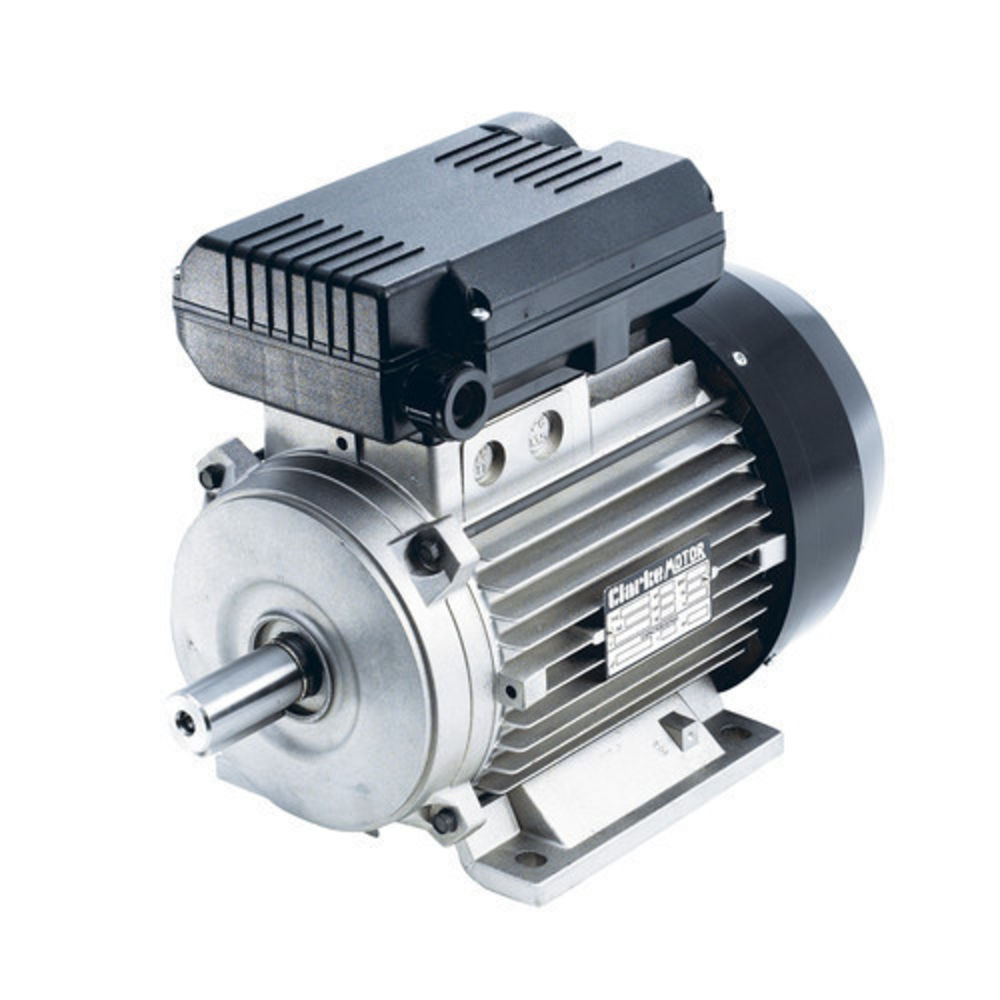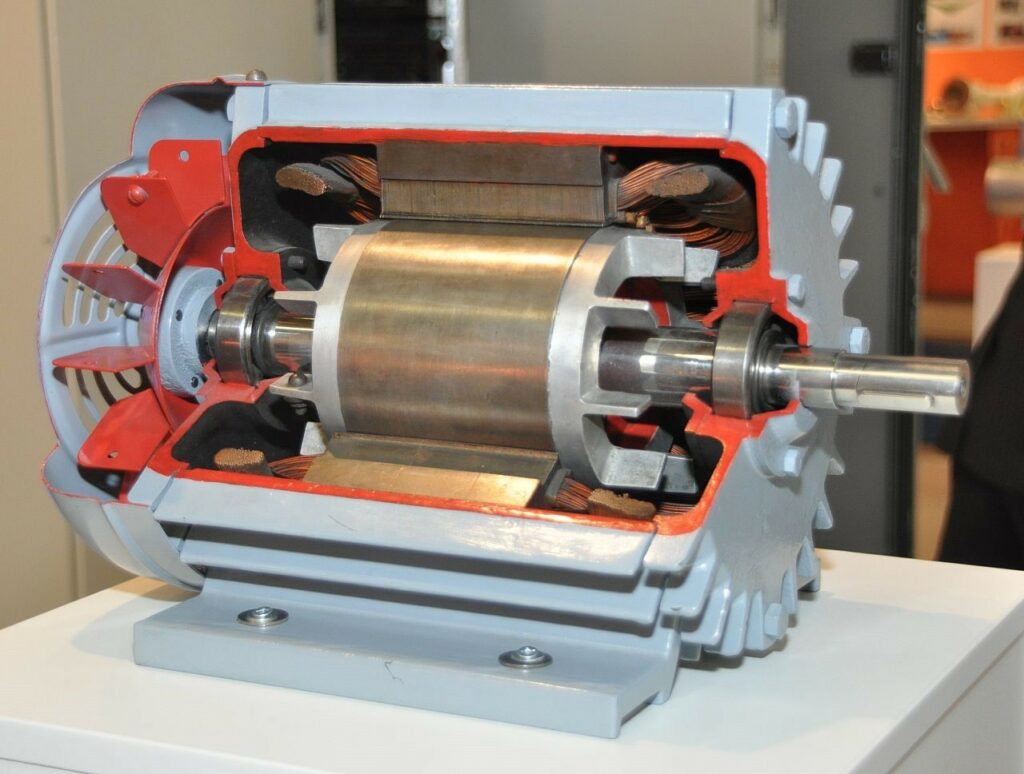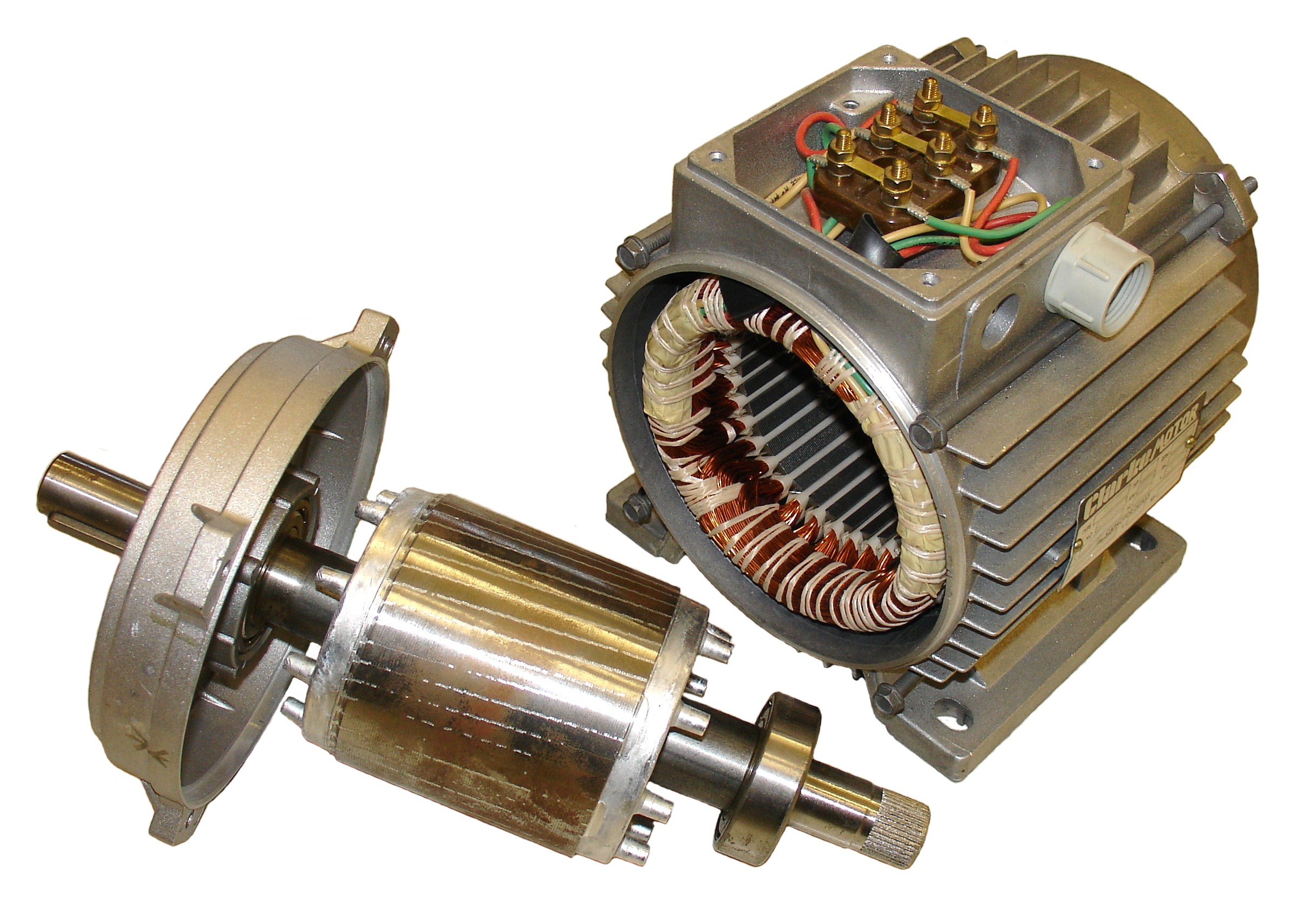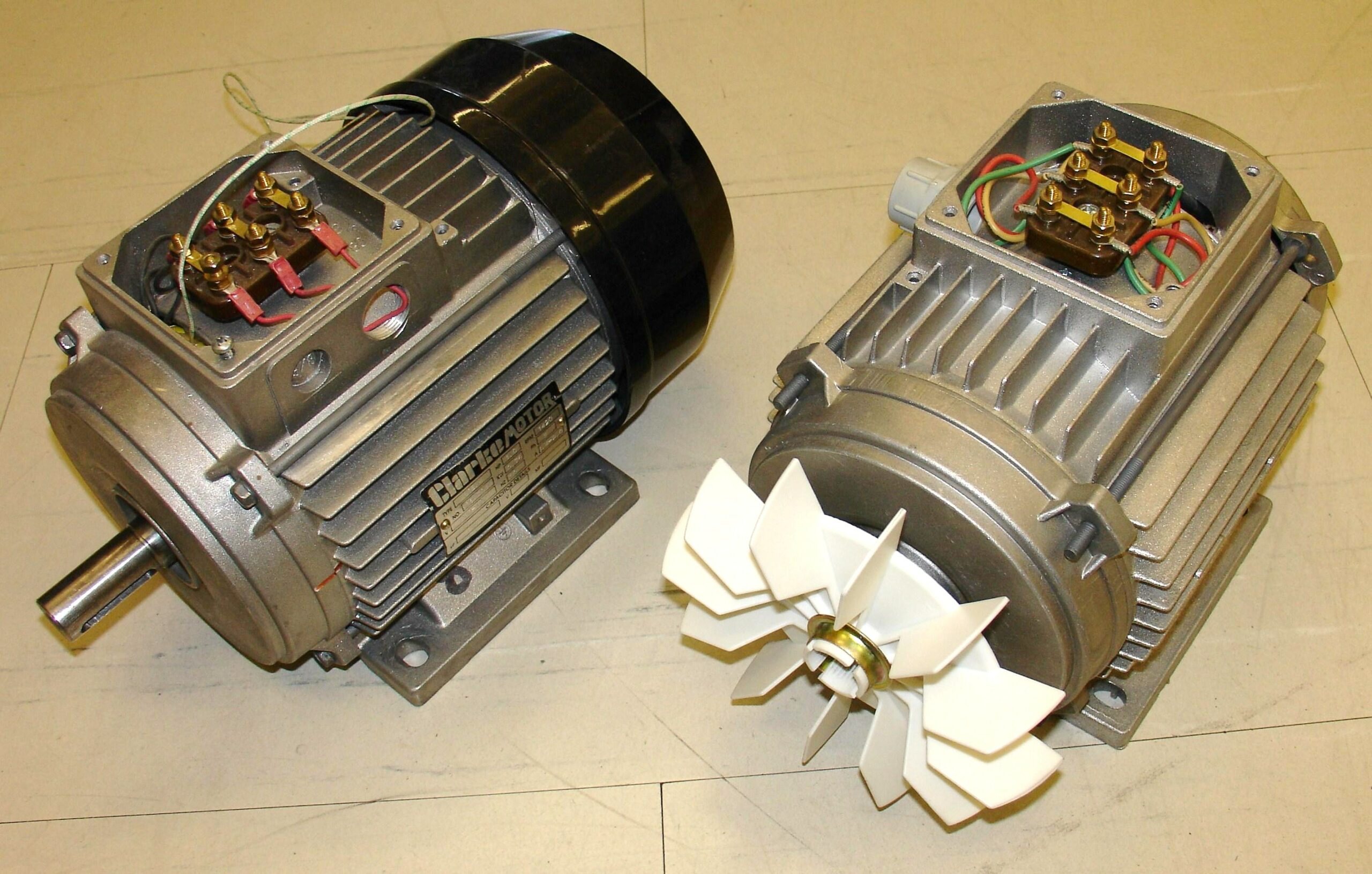An induction motor or asynchronous motor is an AC electric motor in which the electric current in the rotor needed to produce torque is obtained via electromagnetic induction from the rotating magnetic field of the stator winding. Due to the low cost as well as simple and rugged construction of induction motors, these motors are the most widely used AC motor in industrial and domestic applications. In this article, we will discuss the working principle of induction motor. Follow this new blog in Linquip to find out more.

Working Principle of Induction Motor
To understand how the induction motor works, first you must know that the induction motor follows these two laws to generate a unidirectional torque.
Faraday’s Law of Electromagnetic Induction
It states that a conductor placed in a varying magnetic field induces an Electromagnetic force (EMF). The closed conductor leads to the flow of current, known as induced current.
Lorentz Force Law
It states that a current-carrying conductor placed in a magnetic field experiences a force. The force on the conductor is orthogonal to the direction of the current and magnetic field.
Now let’s get into learning about the working principle of induction motor.
In a DC motor, a supply is needed to be given for the stator winding as well as the rotor winding. But in an induction motor only the stator winding is fed with an AC supply.
- Alternating flux is produced around the stator winding due to AC supply. This alternating flux revolves with synchronous speed. The revolving flux is called as “Rotating Magnetic Field” (RMF).
- The relative speed between stator RMF and rotor conductors causes an induced EMF in the rotor conductors, according to Faraday’s law of electromagnetic induction. The rotor conductors are short-circuited, and hence rotor current is produced due to induced EMF. That is why such motors are called induction motors.
- Now, the induced current in the rotor will also produce alternating flux around it. This rotor flux lags behind the stator flux. The direction of induced rotor current, according to Lorentz Law, is such that it will tend to oppose the cause of its production.
- As the cause of production of rotor current is the relative velocity between rotating stator flux and the rotor, the rotor will try to catch up with the stator RMF. Thus the rotor rotates in the same direction as that of stator flux to minimize the relative velocity. However, the rotor never succeeds in catching up the synchronous speed which is the rotational speed of the rotating magnetic field. This is the basic working principle of induction motor of either type, single phase, or three-phase.
Working Principle of Single Phase Induction Motor
The Single-phase induction motor’s main winding is supplied with a single-phase AC. This produces fluctuating magnetic flux around the rotor. This means as the direction of the AC changes, the direction of the generated magnetic field changes. This is not enough condition to cause rotation of the rotor. Here the principle of double-revolving field theory is applied.
According to the double-revolving field theory, a single alternating field is due to the combination of two fields of equal magnitude but revolving in the opposite direction. The magnitude of these two fields is equal to half the magnitude of the alternating field. This means that when AC is applied, two half-magnitude fields are produced with equal magnitudes but revolving in opposite directions.
So, now there is a current flowing in the stator and magnetic field revolving on the rotor, thus Faraday’s law of electromagnetic induction acts on the rotor. According to this law, the revolving magnetic fields produce electricity in the rotor which generates the force that can rotate the rotor.
Read More on Linquip
- Working Principle of Stepper Motor: The Only Guide You’ll Ever Need
- Everything You Need to Know About Working Principle of AC Motor
- Your Guide To The Working Principle Of DC Motor
- Single-Phase Induction Motor: All You Need to Know About It
- Efficiency of Induction Motor: Calculation & Equation
Working Principle of Three Phase Induction Motor
- When the motor is excited with a three-phase supply, three-phase stator winding produces a rotating magnetic field with 120 displacements at a constant magnitude which rotates at synchronous speed. This changing magnetic field cuts the rotor conductors and induces a current in them according to the principle of Faraday’s laws of electromagnetic induction. As these rotor conductors are shorted, the current starts to flow through these conductors.
- In the presence of the magnetic field of the stator, rotor conductors are placed, and therefore according to the Lorenz force principle, a mechanical force acts on the rotor conductor. Thus, all the rotor conductor’s force, i.e. the sum of the mechanical forces produces torque in the rotor which tends to move it in the same direction of the rotating magnetic field.
- This rotor conductor’s rotation can also be explained by Lenz’s law saying that the induced currents in the rotor oppose the cause for its production, here this opposition is a rotating magnetic field. This leads to the rotor starts rotating in the same direction as the stator rotating magnetic field. If the rotor speed is more than the stator speed, then no current will induce in the rotor because the reason for rotor rotation is the relative speed of the rotor and stator magnetic fields.
So, this was everything you needed to know about the working principle of induction motor. If you enjoy this article, let us know what you think by leaving a reply in the comment section. We will be more than glad to have your viewpoint on the article. Is there any question we can help you through? Feel free to sign up on Linquip where our experts are prepared to provide you with the most professional advice.
Buy Equipment or Ask for a Service
By using Linquip RFQ Service, you can expect to receive quotations from various suppliers across multiple industries and regions.
Click Here to Request a Quotation From Suppliers and Service Providers






This article is nutritious
Super nutritious article